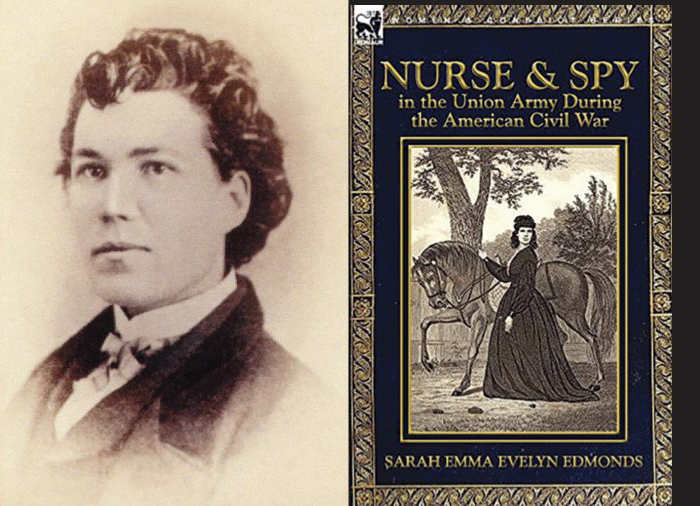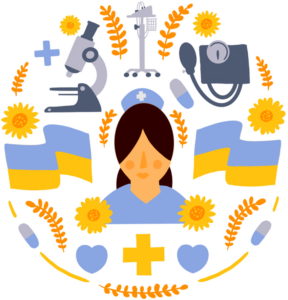Profiles In Nursing
Sarah Edmonds Seelye a.k.a. Frank Thompson (1841–1898)
A master of disguise, this Civil War nurse went undercover as a Union spy

Although during the Civil War it was possible to pay someone else to serve for you in the Army, some people — including about 400 women — used subterfuge and even disguises to enter military service. One of those adventuresome women was Sarah Edmonds Seelye, who went to elaborate lengths to serve the Union as a nurse and a daring spy.
A Talent for Espionage
Despite her later devotion to the Union cause, Sarah Edmonds was actually born in Nova Scotia, Canada. After a difficult early life, she fled her abusive father — who she later said would have preferred a son — and resettled in the United States.
When war broke out between the states, Edmonds’ desire to serve in the military led her to cut her hair, don men’s clothing, and try to enlist in the Union Army as a man. It took four attempts, but finally, disguised as “Frank Thompson,” Edmonds became a nurse in the 2nd Volunteers.
She had no difficulty maintaining her persona; in fact, her wartime bunkmate said years later that he had no idea she was anything other than what she appeared. That talent for disguise would serve her well in her secondary role as a military spy.




